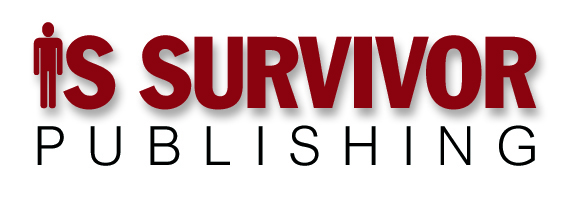What’s best about beating your head against a brick wall is how good you feel when you stop.
As discussed here last week and the week before, businesses beat their heads against brick walls all the time, the walls being ideas they keep on trying, over and over again. They never feel good because they never stop, no matter how often the ideas don’t work.
We’ve already discussed a number of reasons this happens. There’s one more we haven’t talked about yet, and it’s a big one: More often than not, in the world of business, changing your mind about an idea isn’t safe.
I realize this revelation is less than shocking. Quite the opposite — it’s part of most managers’ day-to-day lives, an inevitable consequence of the we-have-to-hold-people-accountable philosophy that paralyzes an organization’s ability to make tough decisions.
Given that companies should want every manager and executive to cheerfully abandon ideas that aren’t working, it’s worth asking how they change the situation, so that putting a bullet in an idea that isn’t working out is a career-enhancing move rather than a career-limiting one.
It’s an easily stated goal, which is quite different from it being an easily achieved one.
The solution (or, at least, a solution) starts with the recognition that we’ve been asking the wrong question. What we ought to be asking is how businesses should go about exploring promising-sounding concepts. If we understand that, we’ll understand how they will go about terminating the ones that don’t pan out, as a standard and well-understood step in the practice.
But we’re getting ahead of ourselves — that’s the last step, not the first, which is:
Analysis: Of course. The starting point for any concept is to do enough analysis to be sure it’s worth pursuing. Volumes have been written on this topic. For our purposes, what matters most is making sure you have a list of the key assumptions on which the idea depends. Once you have the list, replace as many as possible with research. For the rest, figure out how you’ll test them to determine whether they’re valid or not.
And if you aren’t sure you’ve identified them all, conduct a “pre-mortem” analysis — an excellent way to explore this topic.
Pilot/Prototype/Proof of Concept: Analysis matters, so don’t allow the impatient to intimidate the rest of the organization with premature accusations of “analysis paralysis.” On the other hand, endless analysis is an easy trap to fall into. There comes a time when performing a few experiments makes more sense than continuing to theorize. That’s when pilot projects, prototypes, and proofs of concept come into play.
And you do want to do at least one, and probably several of these. What you don’t want to do is what organizations usually do, which is to conduct a “proof of concept” on the easiest test case they can identify, and, when it succeeds, decide the concept has been proven.
Remember that list of key assumptions? While it makes excellent sense for your first pilot to be built around the easiest test case you can identify, that doesn’t mean its success proves the concept. You need to iterate your test cases, making sure each successive one tests additional assumptions from your list, until you’ve either validated or modified all of them.
Review: It isn’t enough to look at the results of a test project to decide whether it’s succeeded or failed. Because in the end, what matters isn’t its success or failure — it’s what you’ve learned by conducting it.
Every test should have a completion date — their duration shouldn’t be indefinite. And when they’re done, everyone involved in the test should be involved in answering the question, “What do we now know about the subject that we didn’t know before?”
By the time the organization has finished and reviewed enough test projects to have tested all of the assumptions and assessed all of the results, everyone involved should be convinced … by the data … of whether the idea is sound, and of what competent execution looks like.
Which still doesn’t answer the question of what to do about ideas that are already institutionalized, even though they don’t seem to work.
The answer isn’t to finally figure out, once and for all, that it’s the idea and not the execution. If that was going to happen, it would have already happened.
Here’s what can happen: Someone (you, for example) can identify a competing idea, and test that. If it works better that what the business has been doing, the business can adopt it without worrying about why the older idea wasn’t working.
Or about who has to be held accountable for it.
